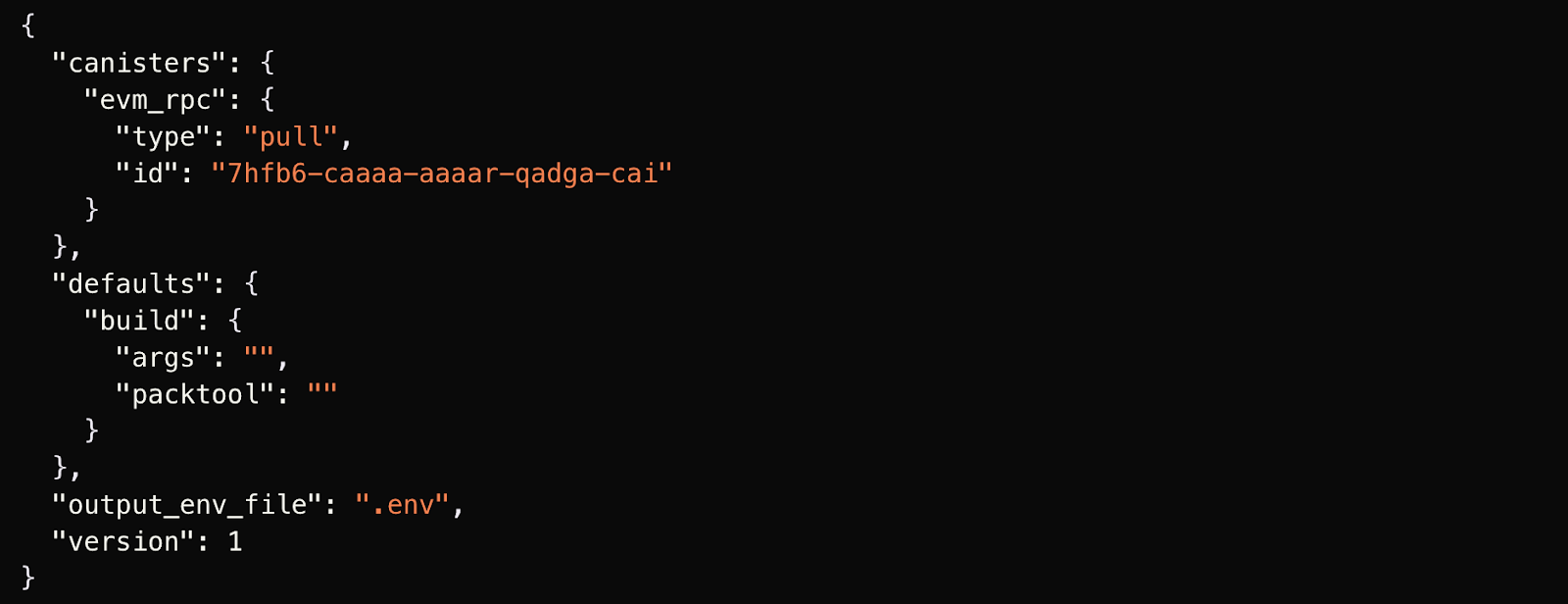
DFINITY has announced the beta release of the EVM RPC Canister on the Internet Computer platform. This innovative solution aims to streamline the development of decentralized applications (dapps) by facilitating seamless integration between ICP canister smart contracts and Ethereum smart contracts. As the beta phase commences, DFINITY encourages developers to test the service and provide feedback for further improvements actively.
The EVM RPC canister Beta is live ⌛
This service helps easily build integrations between ICP & Ethereum smart contracts 🖇️
It keeps dapps secure by automatically inferring consensus among multiple RPC providers with each outbound request 🔒
Try it 📑 https://t.co/J07bRlx0Hp pic.twitter.com/WIEyTmAKAo
— DFINITY (@dfinity) February 9, 2024
Solving key development challenges
The introduction of the EVM RPC Canister addresses several pressing issues developers face regarding blockchain interoperability and efficiency. Creating connections between Canister and Ethereum networks traditionally required HTTPS outcalls, managed through subscription-based RPC node providers. This method posed challenges related to the management and security of API keys and the cost and complexity associated with achieving consensus across multiple providers.
The EVM RPC Canister simplifies this process significantly. It eliminates the need for developers to manage API keys for each RPC provider, thereby reducing the potential for centralization risks and streamlining the development process.
Furthermore, the service automatically infers consensus among multiple RPC providers for each outbound request, enhancing the security and reliability of dapps.
Enhancing developer experience and integration
DFINITY has outlined a straightforward process for integrating with the EVM RPC Canister, showcasing the ease with which developers can start building on the Internet Computer. The service supports not only Ethereum but also other EVM chains, offering a generic request interface for broader applicability. This approach not only reduces the engineering effort required but also minimizes the dependency on third-party services, leading to the cost-effective development of secure and trustworthy applications.
So, how do you get started or use it? To get started with integrating the EVM RPC canister, you need to install dfx, and then follow these steps:

Step 1: Start a new project— By utilizing the command “dfx deps,” you can conveniently install the EVM RPC canister wasm into our local environment. It is necessary to modify the dfx.json file located at the root of our project by including the EVM RPC canister as a dependency under the “canisters” key.

Step 2: Run the following command next to your terminal to bring all dependencies

Step 3: Begin with the local replica

Step 4: Set the init args for the EVM RPC canister; use the dfx to get the gas price for Ethereum


Step 5: This is the response:

The EVM RPC Canister represents a leap forward in bridging the gap between the Internet Computer and Ethereum ecosystems. By abstracting the complexities of blockchain integration, DFINITY is paving the way for a new generation of cross-chain dapps. The beta release marks just the beginning, with more tooling and improvements anticipated in the near future to further enhance the developer experience.
It is essential also to know that more tooling and improvement will be released to the EVM RPC Canister that will make it easy to rpo
Conclusion
The launch of the EVM RPC Canister beta by DFINITY is a milestone for the Internet Computer ecosystem, offering a practical solution to longstanding challenges in blockchain development. As developers begin to explore and utilize this service, the potential for innovative dapps that leverage the strengths of both the Internet Computer and Ethereum is immense. DFINITY’s commitment to refining the EVM RPC Canister based on user feedback underscores the project’s dedication to supporting the developer community and fostering cross-chain interoperability. With this development, the future of decentralized applications looks more promising and interconnected than ever.
